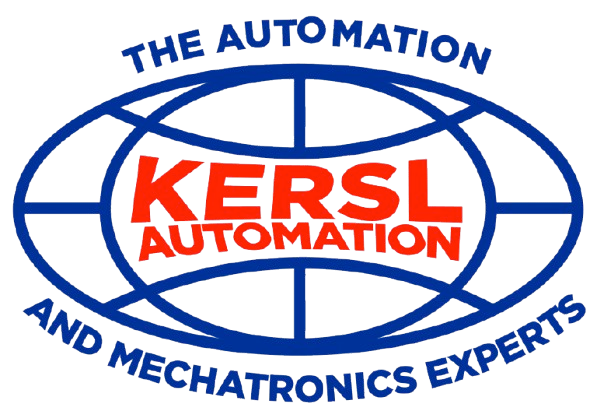Industrial Electricity I
Curriculum
1. Demonstrate an understanding that all matter consists of a nucleus of proton and neutrons, and outer shells of electrons.
2. Demonstrate an understanding of the nature of electricity:
- The electron as a charge-carrying entity and the coulomb as a unit of charge.
- Static electricity as charges separated by some distance.
- Electric current as a flow charge (electrons), with “amp” as the unit.
- Electric potential as the amount of work needed to move a unit positive charge from a reference point to a specific point, with “volt” as the unit.
- Simple DC battery circuits (e.g., components of a flash light). Introduction of the “resistor” as a component that impedes the flow of current.
1. Demonstrate an understanding of magnetism and magnetic poles:
- An understanding that the spinning of the electrons around the nucleus of an atom creates a tiny magnetic field.
- An understanding that most objects are not magnetic because their electrons spin in different, random directions, and cancel out each other.
- An understanding that magnets are different; the molecules in magnets are arranged so that their electrons spin in the same direction. - - This arrangement of atoms creates two poles in a magnet, a North-seeking pole and a South-seeking pole.
- Understand magnetic lines of force and magnetic field around a bar magnet (experiments with iron filings)
- Understand electromagnetic induction and the fact that a magnet can be produced with an electromagnet (a current-carrying wire wound around an iron core). Experiments with a bar magnet and an electromagnet. Experiments with an electric bell.
2. Demonstrate an understanding of electric motor basics:
- Understand torque (Force x Distance) and power (voltage x current)
- Understand the law of electromagnetic induction; explain the fact that a current through a magnetic field experiences a force at right angles to both the field and the current.
- Understand magnetic circuit principles (magnetic flux, magnetic flux density, magnetic flux intensity)
- Understand how the DC motor works; understand commutation
- Understand and compare the two large classes of DC motors: (1) integral horsepower types having power ratings of 1 horsepower or more, and (2) fractional horsepower types, with horsepower ratings of less than 1 horsepower.
- Understand resistor color codes and how to analyze DC networks (Ohm’s law, Kirchhoff’s law, maximum power transfer)
- Understand how capacitors and inductors behave in DC networks under transient and steady state conditions
- Understand operation of different types of switches (e.g., push button, double-pole-double-throw) and relays and how they provide simple ON/OFF control of DC circuits.
- Understand operation of DC motors and generators.
- Understand single phase AC circuits and be able to analyze simple AC circuits with resistors, inductors and capacitors.
- Understand maximum power transfer in AC circuits.
- Understand the operation of transformers and know the different types of transformers (e.g., voltage transformers, auto transformers).
- Understand the operation of three-phase circuits.
